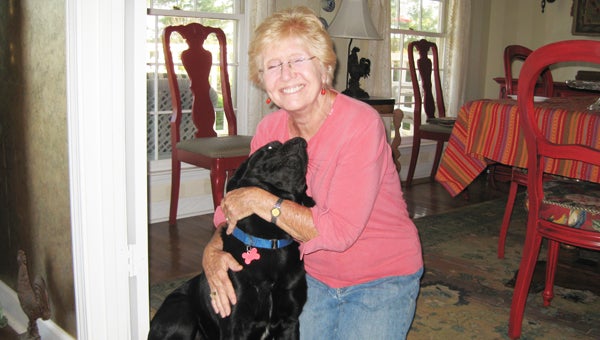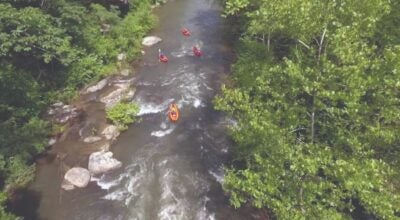Area dogs soar in K9s for Warriors program fill
Published 7:08 pm Tuesday, January 8, 2013
“What is it about these North Carolina dogs?”
Those words were spoken in October in Florida by K9s for Warriors’ Director of Training Brett Simon.
Drifter, the second dog to come to K9s from Foothills Humane Society (FHS) via the Service Animal Project (SAP) had arrived and passed his assessment at K9s with flying colors. Like his predecessor, Winston, Drifter was accepted into the program in record time, and was on his way to becoming a service dog for a warrior with post-traumatic stress disorder (PTSD).
Well, there is something special about the dogs and a team of people with varied areas of knowledge and expertise that volunteer their time and skills to bring it all together.
The dogs that are identified by shelter and rescue staff members as potential candidates for SAP go through a careful behavior and temperament assessment with a local veterinarian with extensive experience in assessing and training police dogs. If they pass the behavior assessment, they are then placed with fosters specifically for SAP, and those individuals care for, socialize and train the dogs until K9s has room to take them. This is a critical piece and sets SAP apart: because “these North Carolina dogs” arrive at K9s already having had so much training and socialization, K9s does not have to spend time (and money) doing that.
The dogs can largely go straight into the specialized training K9s does, and therefore be matched with warriors in need much quicker. This is a significant achievement, since waiting lists for such dogs for warriors and veterans are two years or more, and accredited training organizations for PTSD dogs are few. Drifter had a month-long wait before heading to K9s, and during that time he stayed with Polk County residents, Peggie Armstrong and Beryl Dade, who had him in tip-top shape by the time he made his journey south.
Fostering these dogs is an important job, and requires time and dedication.
“You can’t (always) just let them run loose in the yard; you have to have them on a leash, and be walking and training them,” said Armstrong.
And she would know. When she first brought Drifter home, he pulled on the leash constantly. Armstrong took Drifter to a training class at FHS with Deborah O’Donnell, who worked with Drifter on his leash pulling for 10 minutes. After that, he never pulled again.
“I have never had a dog learn that fast!” remarked Armstrong. Armstrong and Drifter continued working on training and socializing daily, and Armstrong frequently had guests and visitors, so Drifter had the opportunity to meet plenty of people. Not only was Drifter great company and inspired praise from all who met him, but Armstrong reported that she never had to set foot on her treadmill once while she had Drifter.






